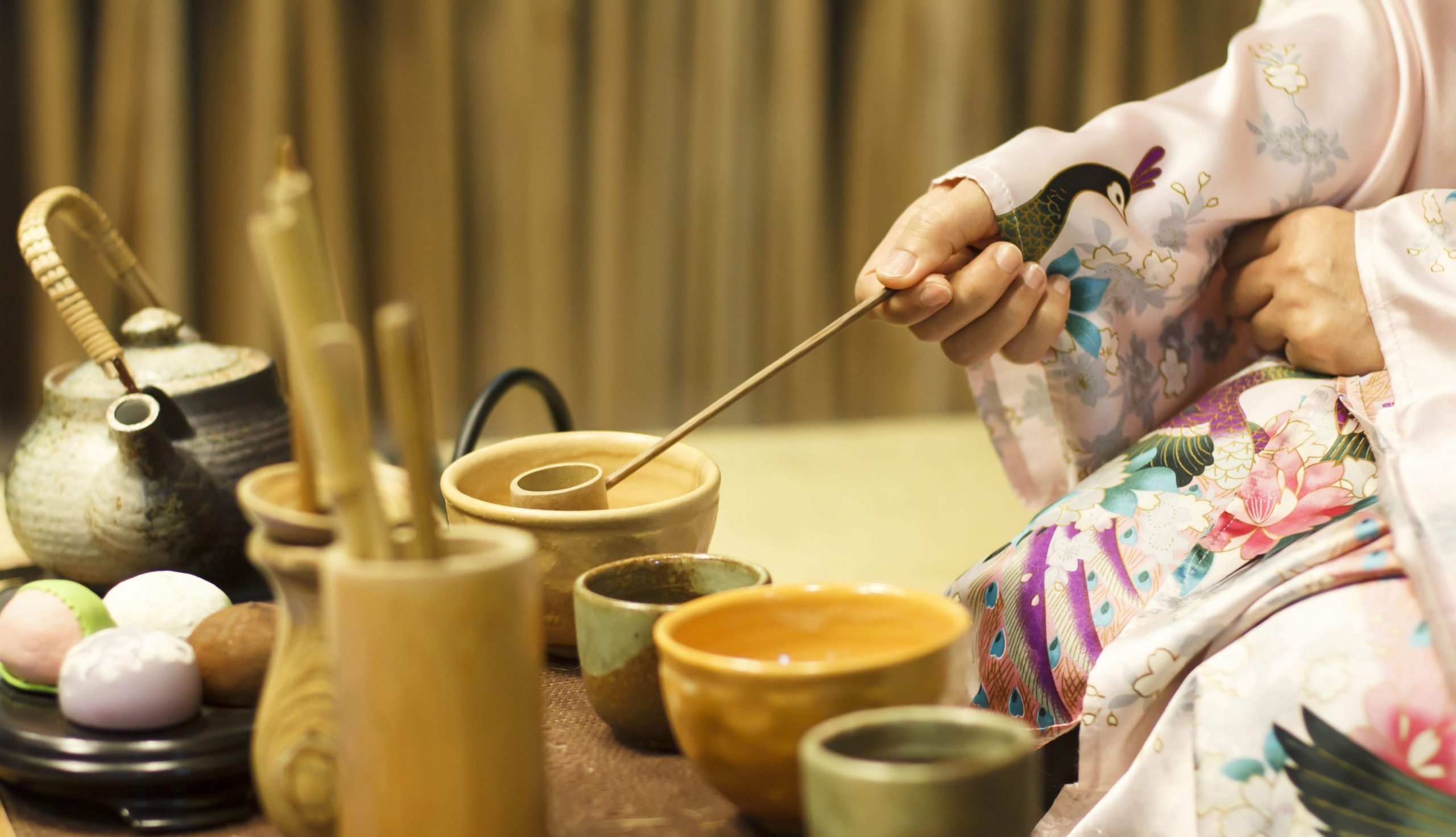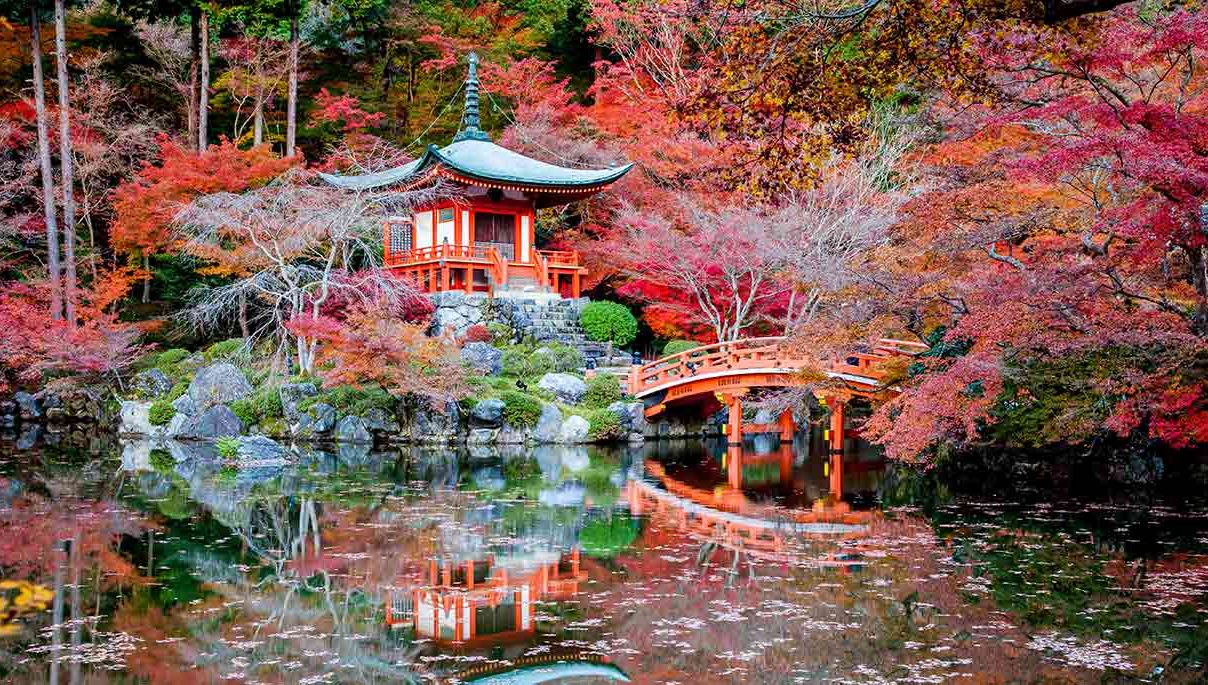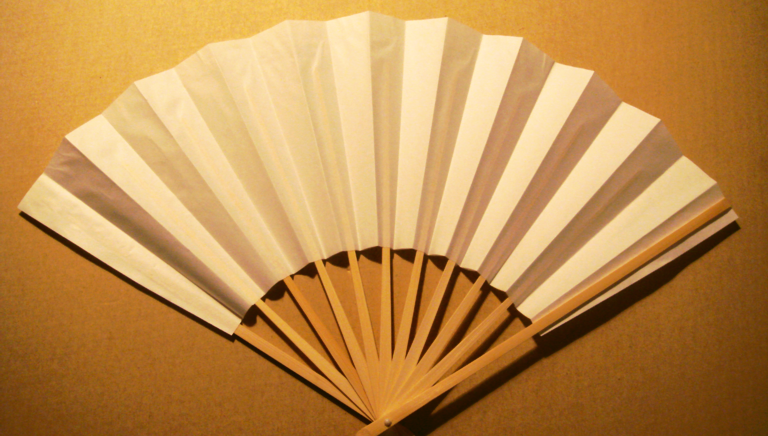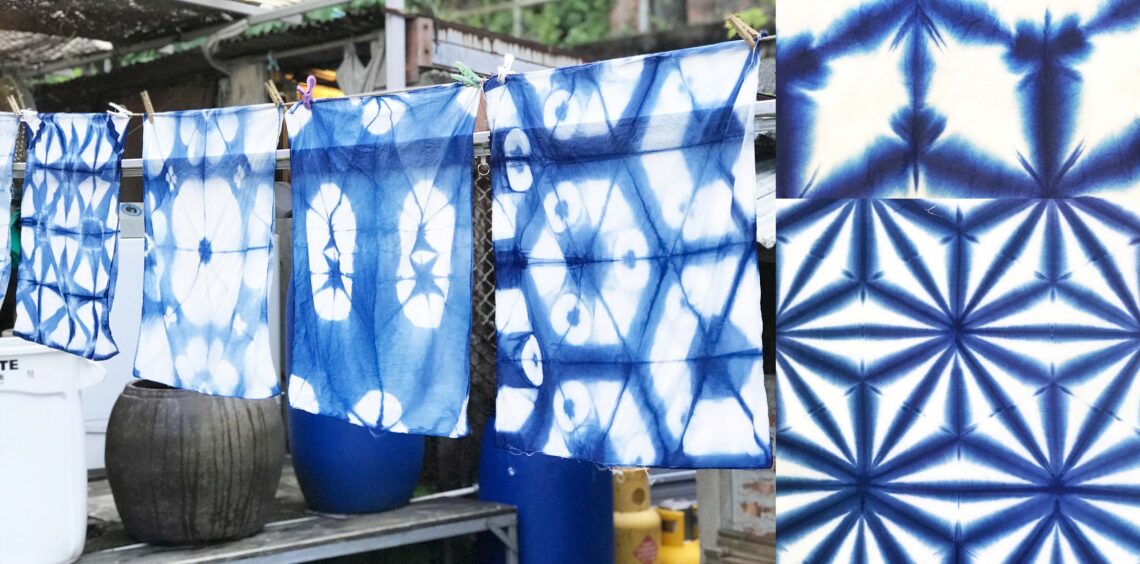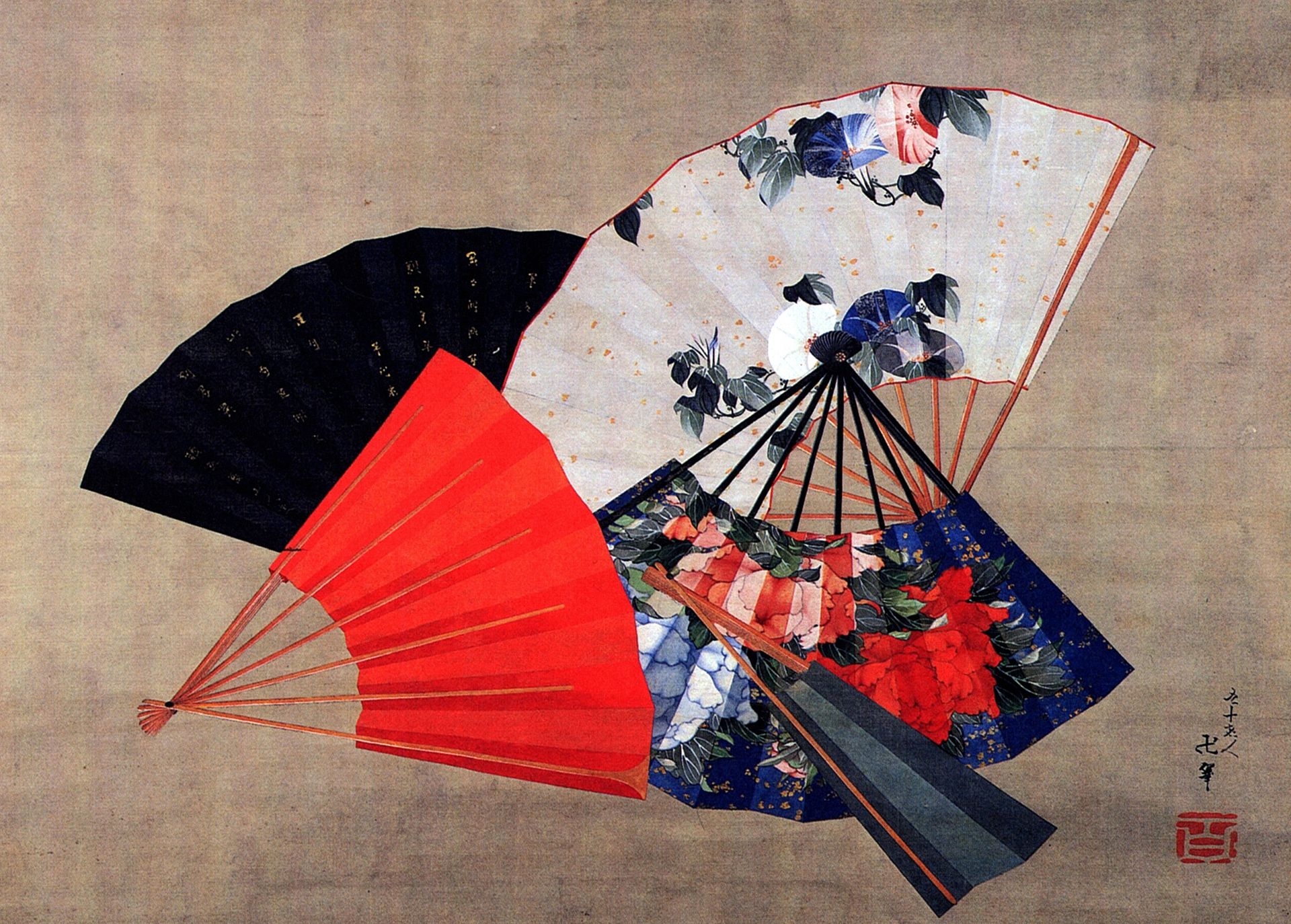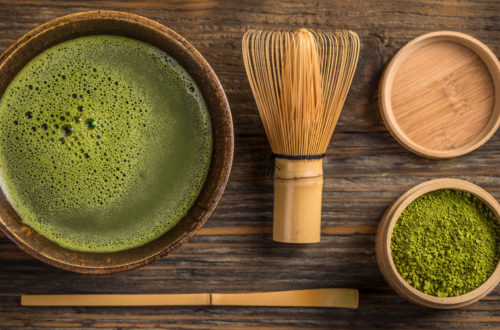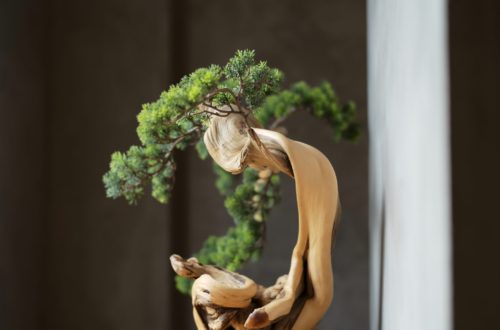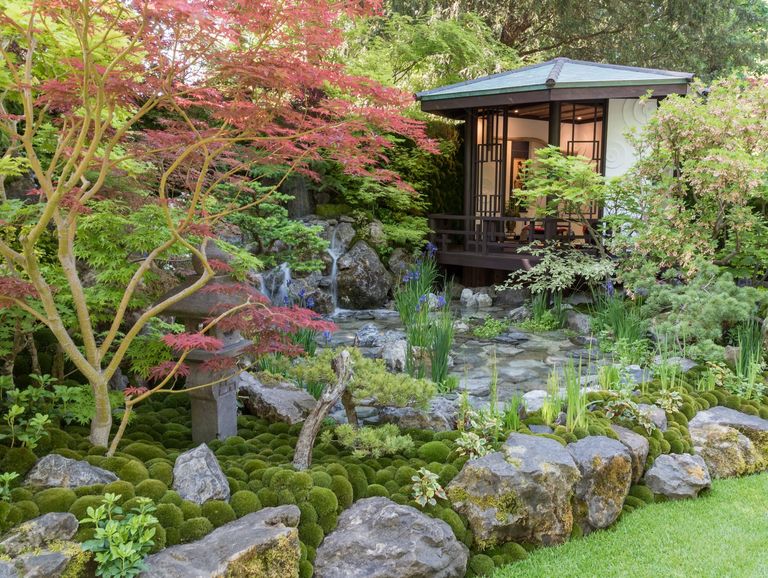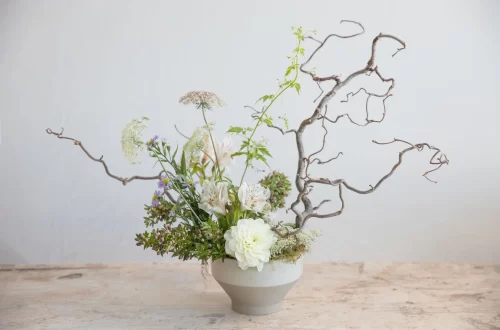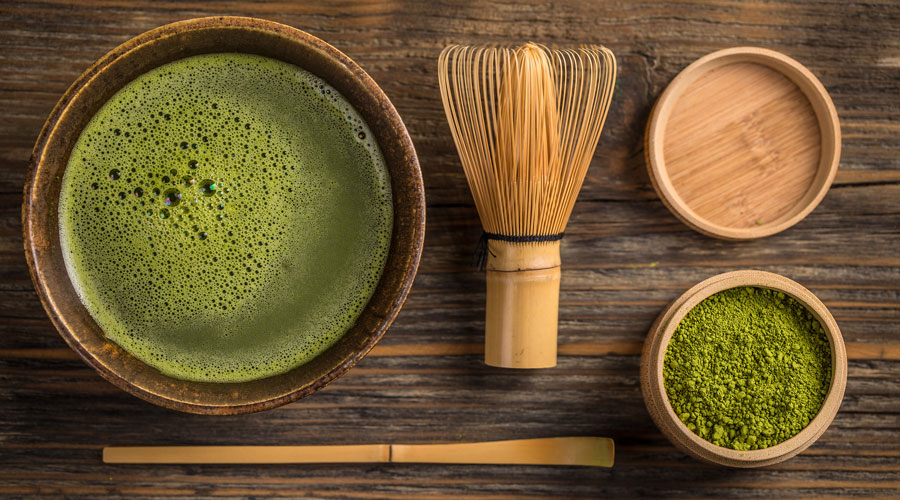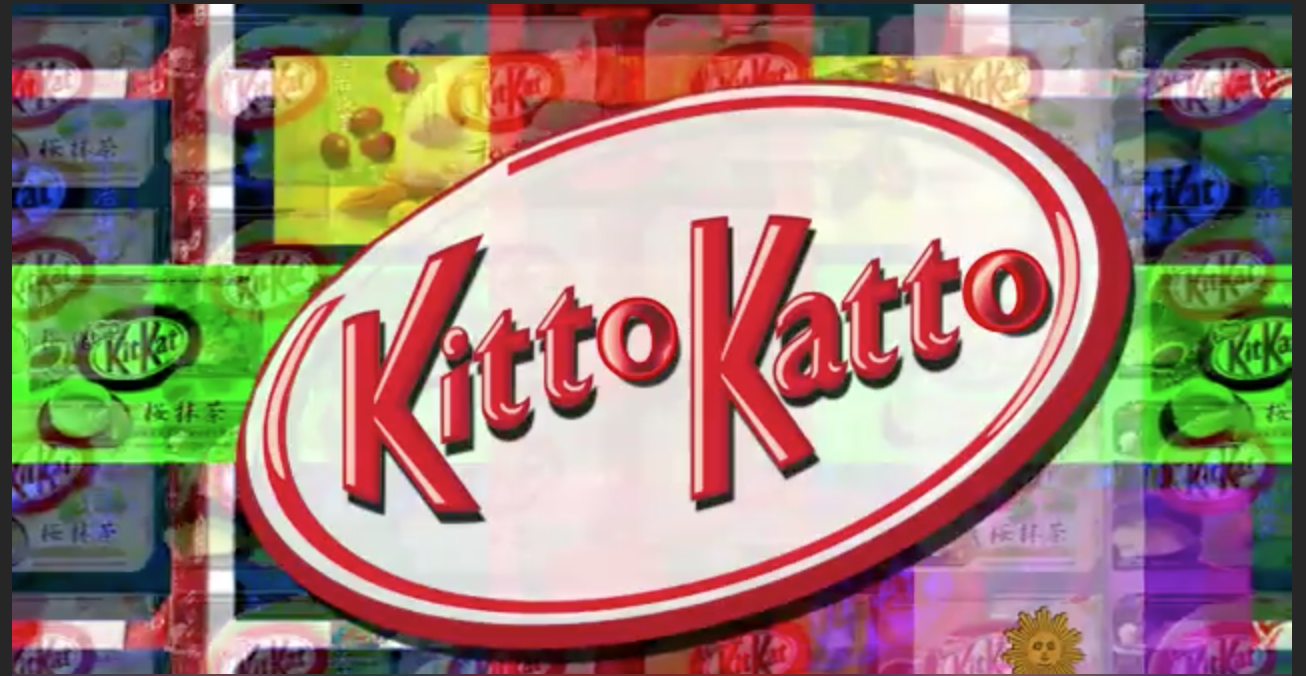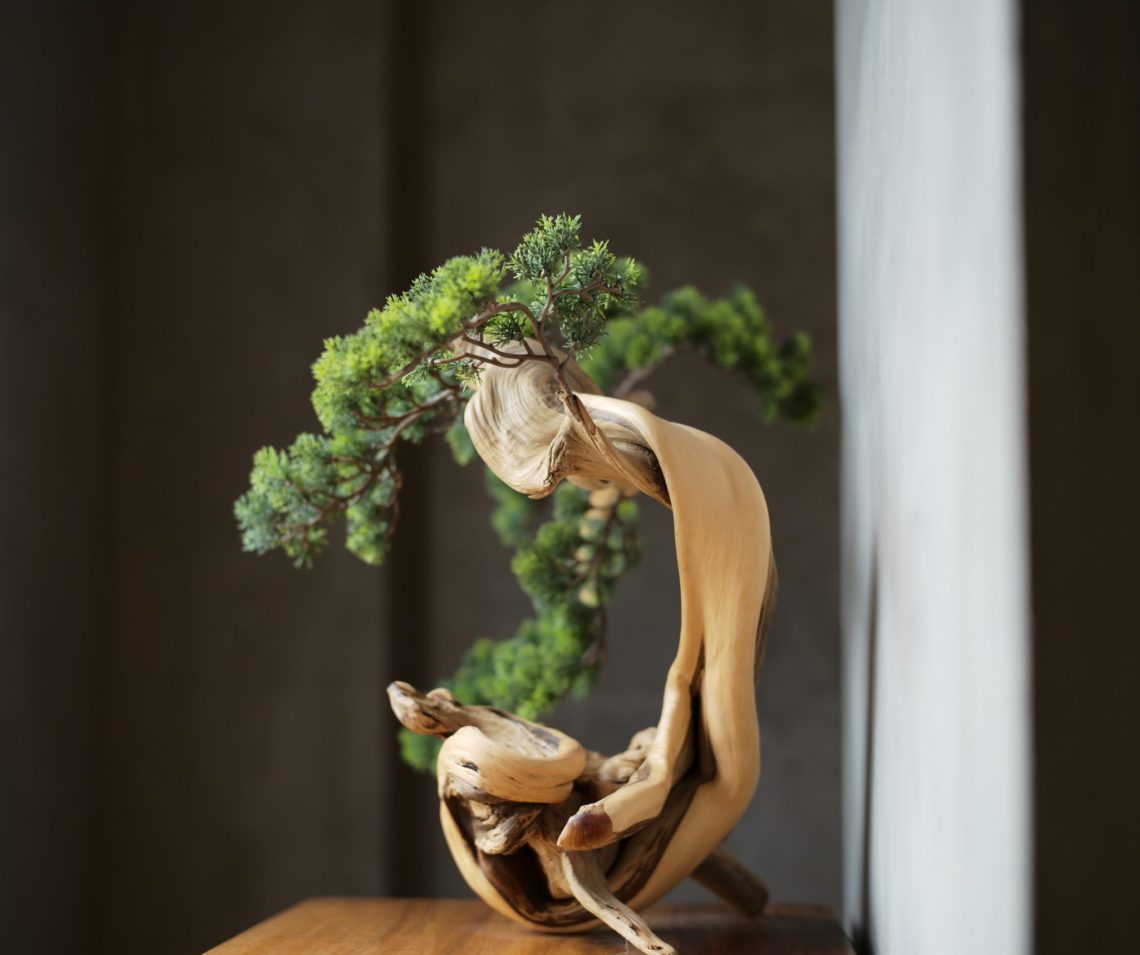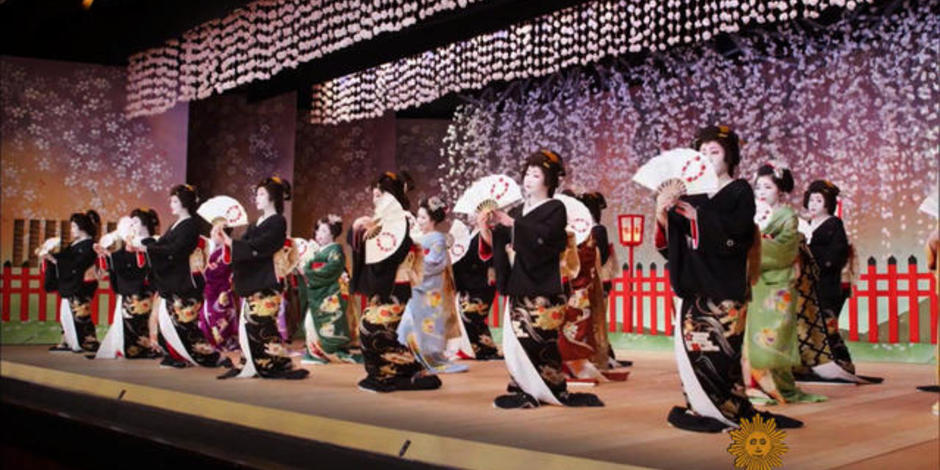-
Shibori: A Timeless Japanese Dyeing Technique
Dive into the Artistic World of Shibori Shibori, a captivating form of Japanese manual tie-dyeing, is more than just a way to add color to fabric. It’s an art form that produces stunning patterns through a meticulous process of folding, twisting, stitching, clamping, or compressing fabric before dyeing it. The word “shibori” itself comes from the Japanese verb root “shiboru,” meaning “to wring, squeeze, or press,” hinting at the hands-on nature of this technique. This Japanese technique dates back to the 8th century. Traditionally, a white cloth (usually silk, hemp, or cotton) was folded, bunched, or twisted, then tied, and finally dipped into a natural indigo dye. Over the centuries,…
-
Ikigai: The Japanese Secret to a Joyful Life
Ikigai is a Japanese concept that means “a reason for being.” It is a way of living that is focused on finding your purpose in life and living it to the fullest. The concept of ikigai is based on the idea that everyone has something that they are good at, something that they love to do, something that the world needs, and something that they can be paid for. When you can find a way to combine all four of these things, you have found your ikigai. There are many different ways to find your ikigai. One way is to use the ikigai diagram. The ikigai diagram is a simple…
-
Five Easy Steps for Creative Ikebana
Ikebana is the Japanese art of flower arranging. It is a centuries-old tradition that has evolved over time, but it still retains its core principles of simplicity, asymmetry, and harmony. Ikebana is a great way to bring beauty and peace into your home, and it can also be a fun and creative outlet. Here are 5 easy steps for beautiful floral arrangements. Remember there is no right or wrong way to create an ikebana arrangement! The important thing is to have fun and create something that you find beautiful! Getting Started If you’re completely new to ikebana, here are a few basic things you need to know. First, you’ll need…
-
Mastering the Art of the Zen Garden
The British have loved Japanese gardens since 1910, when the Japan-British exhibition brought eight million people to London to thrill at show gardens of miniature Mount Fujis and blazing acer, or maple, trees. In the subsequent craze for Japanese gardens, the English aristocracy shipped boulders, trees and entire buildings from the Far East to fill their acres with tea houses, ornamental bridges and impeccably raked gravel. More than a hundred years on, Japanese gardens continue to enthrall us and have never felt more contemporary. Often featuring a simple palette of peaceful greens, rocks, gravel and water with meandering paths and secluded spaces to sit quietly, they are places for calm and contemplation,…
-
Understanding The Wabi-Sabi Art Of Imperfection
They say beauty is universal, though it can be quite tricky to define, as it takes on various meanings depending on the moral and theoretical principles of a specific culture. If Western societies follow ancient Greek ideals of beauty based on components like perfection, symmetry, and grandness, the Eastern ones instead abide by a completely different set of standards that tend to be more spiritual in nature. Immersed in an environment that is both serene and transcendent, the Shou Sugi Ban House wellness and spa retreat in the Hamptons is exactly the kind of Japanese-influenced meditative destination that is beautiful in its own simplicity. To find out more about the Eastern concepts…
-
The Art of Tea
The Japanese tea ceremony, or “chanoyu” in Japanese, is a ritual of intention and quiet reflection. For tea masters, it’s an art form requiring years of study. A traditional chanoyu gathers around the artful preparation, presentation and enjoyment of matcha green tea. It’s also a time to connect to the present and appreciate the company of one’s host or guests. While tea has ancient origins, the Japanese tea ceremony in its current form dates back to the 16th century, when it was elevated to pure art by Sen no Rikyū. Widely revered as the greatest tea master of all time, Rikyū’s approach is called wabi-cha, the notion of finding beauty in…
-
Bonsai for Beginners
Simply put, bonsai is a form of sculpture with living plants. But there’s nothing simple about it. Grown in a pot, these tiny trees, shrubs or woody herbs are trained to look – and act – like their full-size counterparts. Practiced for thousands of years – with origins in China and deep roots in Japan – bonsai is a collaborative, ongoing and humbling conversation with nature. Bonsai offers the chance to cultivate a deeper relationship with oneself and observe, in detail, the world around us. To learn more about this ancient art form, we spoke with Ted Matson, curator of the world-renowned bonsai collection at The Huntington Library, Art Museum and…
-
A Guide to Ikebana Flower Arranging
The practice of ikebana uses carefully selected blossoms, greenery and other flora to convey a specific feeling or emotion to an observer – just as a painting or sculpture might. “Ikebana” is from the Japanese ikeru (生ける, “to arrange (flowers), have life, be living”) and hana (花, “flower”). Possible translations include “giving life to flowers” and “arranging flowers”.[3] Ikebana (生け花, 活け花, “arranging flowers” or “making flowers alive”) is the Japanese art of flower arrangement. It is also known as Kadō (華道, “way of flowers”). The tradition dates back to the 7th century when floral offerings were made at altars. Later, they were placed in the tokonoma (alcove) of a home. Ikebana reached its first zenith in the 16th century under the influence of Buddhist tea masters and has grown over the…
-
All about Japanese Fans – Uchiwa 団扇 and Sensu 扇子
In ancient Japan, hand fans, such as oval and silk fans were influenced greatly by the Chinese fans. The earliest visual depiction of fans in Japan dates back to the 6th century CE, with burial tomb paintings showed drawings of fans. The folding fan was invented in Japan, with date ranging from the 6th to 9th centuries. It was a court fan called the Akomeogi (衵扇 Akomeōgi) after the court women’s dress named Akome. According to the Song Sui (History of Song), a Japanese monk Chonen (奝然 Chōnen, 938-1016) offered the folding fans (twenty wooden-bladed fans hiogi (桧扇 hiōgi) and two paper fans kawahori-ogi (蝙蝠扇 kawahori-ōgi) to the emperor of China in…
-
The Art of Japanese Fans
On a sweltering summer afternoon, Japanese beat the heat the way their ancestors have done for centuries: head for the waterfront for some cooling breezes, put on a casual yukata kimono, and pack their hand fans. While flat, round fans, or uchiwa, originated in China, Japanese are credited with inventing folding fans over 1,000 years ago. Folding fans come in a staggering variety of sizes, uses and styles, making for a cool fashion statement. From CBS Sunday Morning with Lucy Craft reporting. Footage courtesy of Discover Kyoto.


